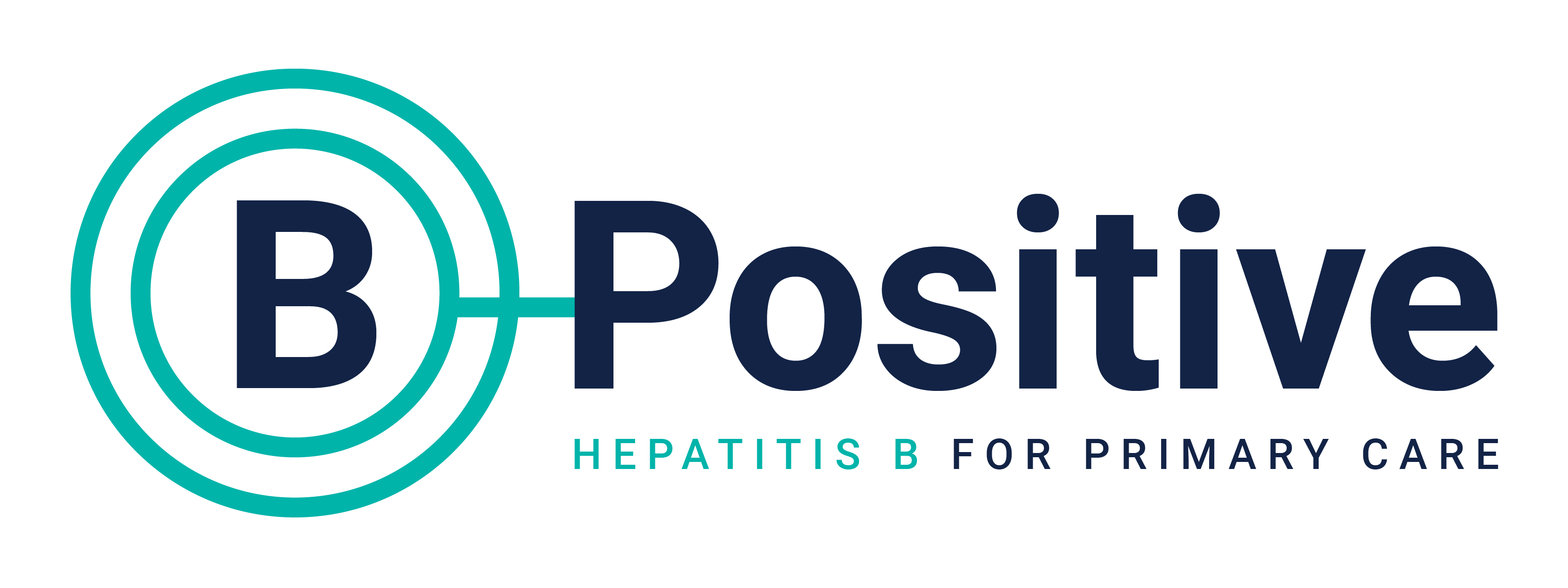A guide for primary
care providers
The fourth edition of B positive has been updated to ensure consistency with the most recent Australian consensus recommendations for the management of hepatitis B (2022). For the full list of recommendations, see: GESA Australian Consensus Recommendations.
Since the last edition in 2018 there has been an increased global focus on elimination of hepatitis B as a public health concern by the year 2030, with targets set by the World Health Assembly member states, including Australia, to diagnose and treat the 296 million people living with hepatitis B worldwide.
For the 200,385 Australians living with chronic hepatitis B (CHB) 27.5% remain undiagnosed (see: Prevalence and epidemiology of hepatitis B) and of those diagnosed 26% are accessing regular tests that are required to monitor changes, guide initiation of antiviral therapy (see: Treatment of chronic hepatitis B), prevent cancer and ensure early detection of hepatocellular cancer (HCC) (see: hepatitis B related hepatocellular carcinoma). To improve the health of people living with CHB in Australia and reach the goals proposed globally and in Australia by 2030, primary care clinicians need to be informed, active in the diagnosis, initial assessment (see: Clinical assessment of HBV), chronic disease management, and treatment, and provide appropriate and timely referral to specialist services for people with cirrhosis (see: advanced liver disease).
There is increasing community awareness of the importance of testing and vaccination (see: Primary Prevention) in priority communities and exciting momentum and research investment in finding a cure for CHB (see: Virology). There have been policy changes to allow general practitioners and nurse practitioners to prescribe antiviral therapy under the s100 program. We hope this updated addition becomes a valued resource and welcome your feedback.
Gail Matthews & Sam Elliott

